New Scientist covers the latest developments in science and technology that will impact your world. New Scientist employs and commissions the best writers in their fields from all over the world. Our editorial team provide cutting-edge news, award-winning features and reports, written in concise and clear language that puts discoveries and advances in the context of everyday life today and in the future.
Elsewhere on New Scientist
Subatomic safari • Explore the quantum world with our grand tour of reality at its smallest scales
New Scientist
A giant of the dinosaur era
Information can survive a black hole • A decades-old paradox uncovered by Stephen Hawking may be solved
Oxygen-sucking battery rids mice of breast cancer
Material impervious to radiation could be used in spaceships
A mental workout could help clear out your brain’s waste
A childhood like no other • Australia’s policy of detaining child asylum seekers, in some cases for years, has had long-lasting effects on their health, finds Alice Klein
Analysis UK carbon budget • The UK’s five big climate bets Reaching net-zero carbon emissions by 2050 will require huge transformations across the whole of the country. Madeleine Cuff examines the government’s key plans
Microplastics may increase how much fat the body absorbs
Explosive can’t detonate unless filled with fluid
T. rex was lippy rather than toothy • Predatory dinosaurs had their terrifying teeth mostly hidden from view behind scaly lips
AI text detection is mathematically impossible
Proton’s size is a moveable feast • The radius of this subatomic particle seems to vary depending on how you look at it
Male mosquitoes may use humans as a hook-up spot
New way to predict river flood risk could help avoid disasters
Ukraine is building an AI to help triage shrapnel injuries
Start-up is developing world’s first ammonia-powered ships
Ultra-tough battery survives hammering and being run over
Nanosyringes inject drugs into cells • Structures made by bacteria could help us deliver treatments in a more targeted way
Ants farm fungus to create “cement” for sturdy nests
Humans may not yet have hit the biological limit of our lifespan
Biggest explosion ever keeps baffling astronomers
JWST spots earliest black hole ever seen
Delicate glass items made using origami
Cockroaches adapt mating strategy due to poison bait
Really brief
Stand up for Earth • Comedy could really make the message about the climate crisis hit home, says Bill McGuire (with help from Kiri Pritchard-McLean)
No planet B • A river runs through it The declaration of the Vjosa in Albania as Europe’s first Wild River National Park is a major win. Shame about the airport planned for the river’s delta, says Graham Lawton
Solar power
Your letters
Rooting out racism in health • A legacy of racism in Western medicine means healthcare is badly in need of decolonising. Layal Liverpool dissects a book that sets out why
Little marvels • We need insects more than they need us. An excellent guide to these tiny creatures reminds us why, says Richard Smyth
Don’t miss
The games column • A walk in the woods The Forest Cathedral is a video game adaptation of Rachel Carson’s Silent Spring, a book that helped create an environmental movement and transform the world. Can it live up to its pedigree? Jacob Aron explores
AN INVENTORY OF THE QUANTUM REALM • The ancient Greeks speculated that it might be air, fire or water. A century ago, physicists felt sure it was the atom. Today, we believe that the deepest layer of reality is populated by a diverse cast of elementary particles, all...
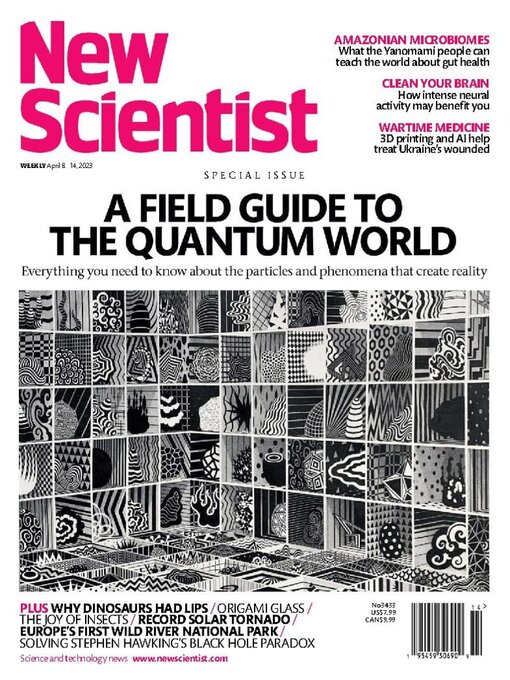
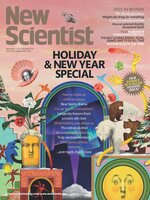 13-26 December 2025
13-26 December 2025
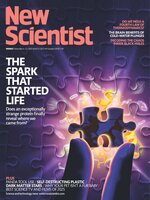 Dec 06 2025
Dec 06 2025
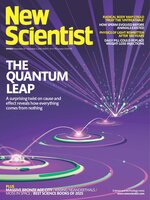 Nov 29 2025
Nov 29 2025
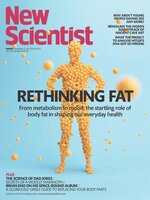 Nov 22 2025
Nov 22 2025
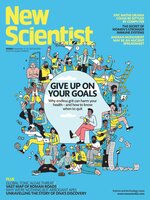 Nov 15 2025
Nov 15 2025
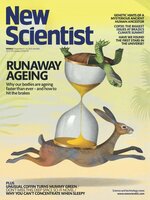 Nov 08 2025
Nov 08 2025
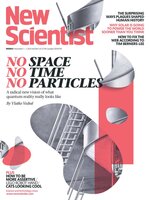 Nov 01 2025
Nov 01 2025
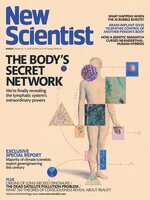 Oct 25 2025
Oct 25 2025
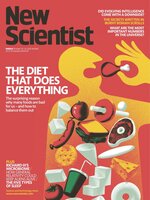 Oct 18 2025
Oct 18 2025
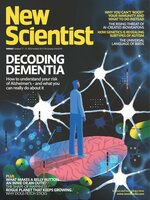 Oct 11 2025
Oct 11 2025
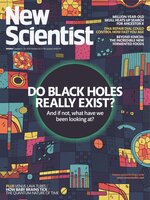 Oct 04 2025
Oct 04 2025
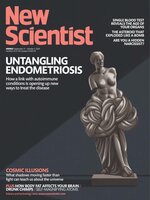 Sep 27 2025
Sep 27 2025
 Sep 20 2025
Sep 20 2025
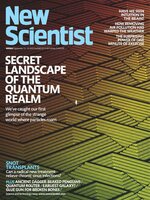 Sep 13 2025
Sep 13 2025
 Sep 06 2025
Sep 06 2025
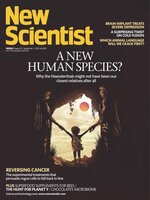 Aug 30 2025
Aug 30 2025
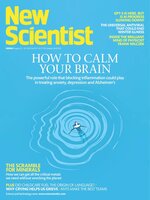 Aug 23 2025
Aug 23 2025
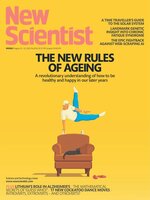 Aug 16 2025
Aug 16 2025
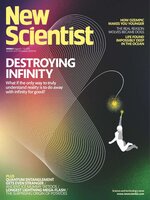 Aug 09 2025
Aug 09 2025
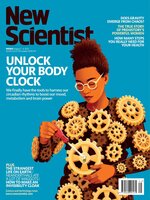 Aug 02 2025
Aug 02 2025
 Jul 26 2025
Jul 26 2025
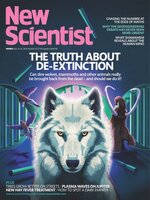 Jul 19 2025
Jul 19 2025
 Jul 12 2025
Jul 12 2025
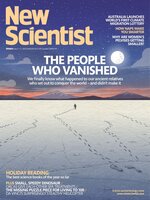 Jul 05 2025
Jul 05 2025